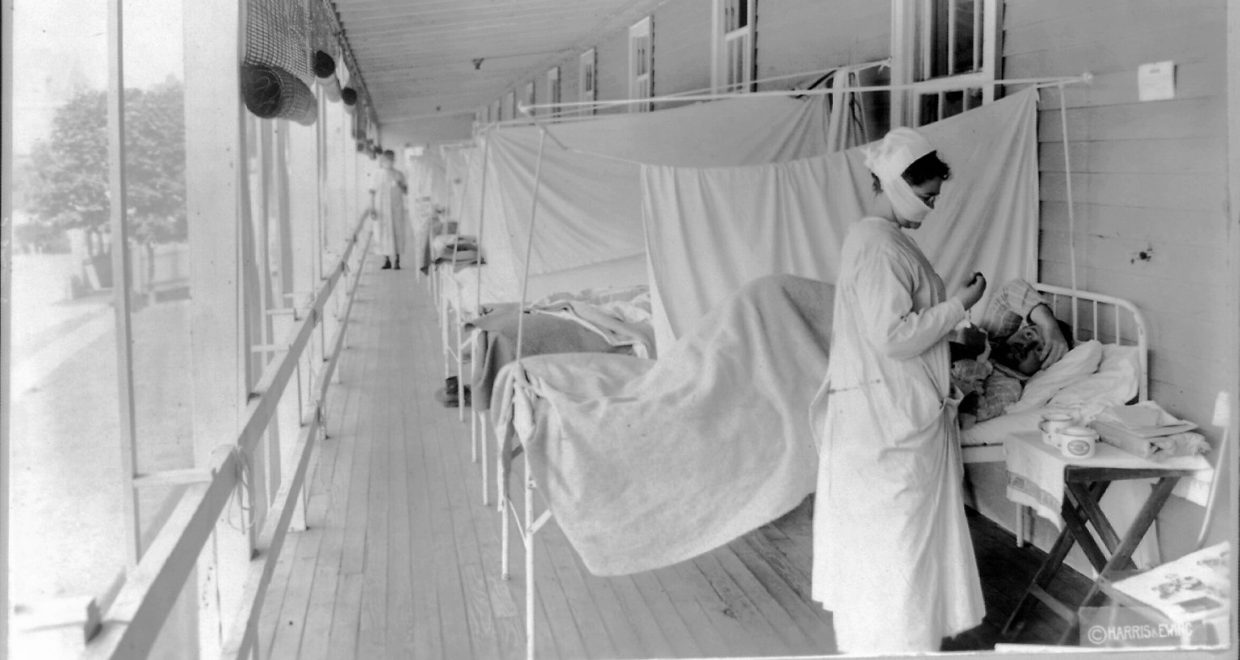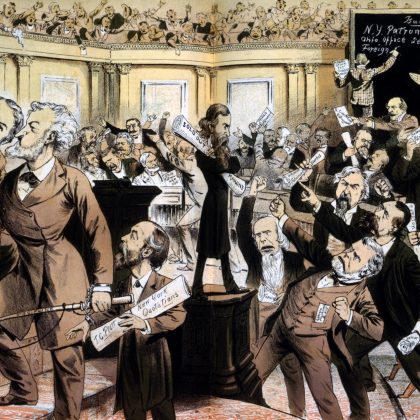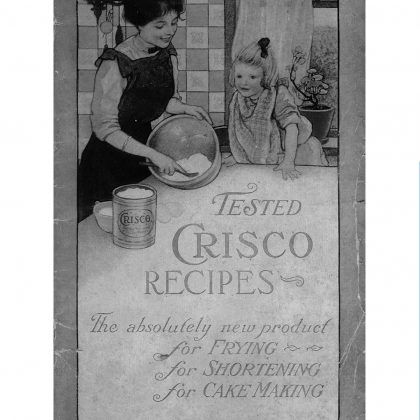Reconsidering the 1918–19 Influenza Pandemic in the Age of COVID-19
This blog accompanies the Journal of the Gilded Age and Progressive Era (JGAPE) Roundtable Reconsidering the 1918–19 Influenza Pandemic in the Age of COVID-19
As the pandemic hit the United States in March, we brought together a group of six scholars who have researched and taught the 1918-1919 influenza pandemic. Facilitated by Christopher McKnight Nichols, these scholars discuss how they each study the pandemic, how they see the pandemic shaping the history of the Progressive Era and after, and how they have taught and will teach the pandemic in the age of COVID-19. Their free-flowing exchange points to the many fruitful ways we can think about, write about, and teach the 1918-1919 pandemic. Many of us are getting ready to head back to teaching, and most of us will be talking at some point about the 1918-19 pandemic. We think this roundtable is a great place to start thinking about the many approaches to teaching that pandemic in the midst of our own. Read the full roundtable for free here.
Extract from the Roundtable by Christopher McKnight Nichols, Nancy Bristow, E. Thomas Ewing, Joseph M. Gabriel, Benjamin C. Montoya, Elizabeth Outka:
“For many us who have studied, researched, written, and taught about the influenza pandemic of 1918–19, the current period of the global viral pandemic is eerily and unpleasantly familiar. Today, the rapid global spread of a virus has prompted policies calling for widespread closures, social distancing, constant handwashing, and public mask wearing in additional to other non-pharmaceutical interventions (NPIs). We have also seen pushback and resistance to these directives as well as substantial mismanagement of resources and a flood of misinformation. Much health policy has been inconsistently set at the local rather than federal level. These responses to our current pandemic closely mirror those to the pandemic 102 years ago.
That earlier pandemic infected 20–30 percent of the world’s population, accounting for as many as 50 million deaths (estimates range from nearly 18 million to over 100 million), including roughly 675,000 Americans. In the United States, induction camps, cramped quarters, wartime transport, and industry generated optimal conditions the flu’s transmission. Around the world, global interconnection had reached an apex in world history such that the flu was able to reach much of the world in a scant four months and to circumnavigate the globe within a year. The pandemic’s three waves swept the United States from spring 1918 through winter into spring 1919, with the most fatalities occurring during the second wave in fall 1918. The flu undermined the war effort and the economy. It strained hospitals to and beyond their breaking points. It disproportionately infected and killed young people between 18 and 45 years of age. The virus most severely struck marginalized groups—including African Americans, Mexican Americans, and Indigenous peoples—and those of lower socioeconomic status.
As the COVID-19 pandemic spread aggressively this spring, the Journal of the Gilded Age and Progressive Era assembled this roundtable, bringing together scholars from a range of disciplinary background to talk about how we can think about and teach the history of the 1918–19 pandemic in this current age of COVID-19. Our hope was for the conversation to be wide ranging, but as appropriate for the journal, to also consider the ways in which the study of the early twentieth century continues to inform our understanding of pandemics and public health, science and medicine, politics, foreign relations, literature, inequality, race and racism, and social relations…[continue reading]”





